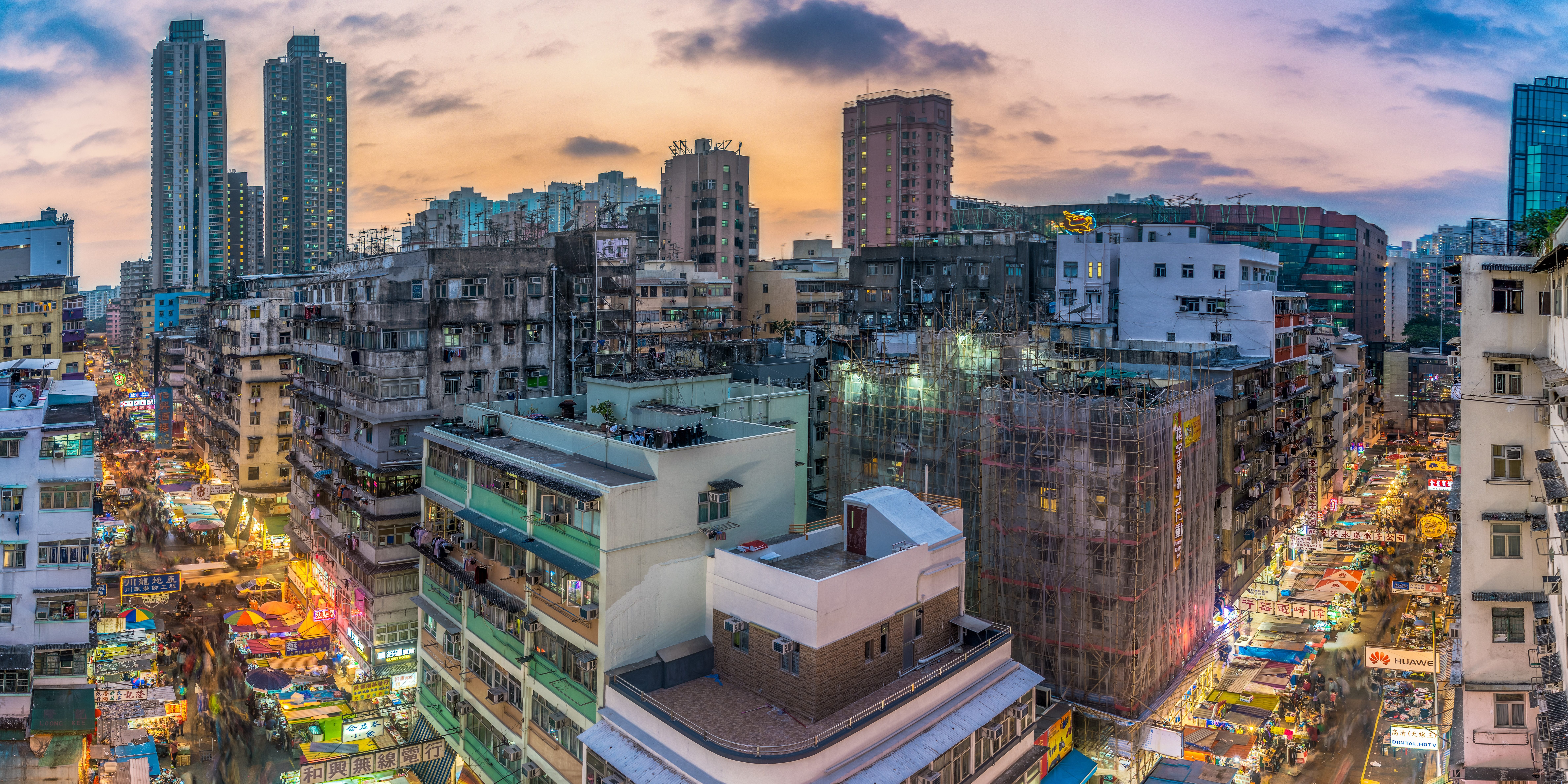When COVID-19 first hit, I was remembering the SARS epidemic of 2003. Even though I was living in Toronto, my initial thought was what was going to unfold in Hong Kong—with some family there, I was terrified.
Hong Kong, one of Asia’s most global places, however, defied all odds. Its early success in mitigating COVID-19 has popularly been attributed to the government. But I believe it was the swift action by residents to mask up that made the difference. There was a collective consciousness to work together, with a high degree of bottom-up organizational capacity and mutuality fostered in the 2019 Hong Kong protests.
The government decided to implement a zero-COVID strategy in line with China—which means their policies were aimed at complete suppression of the virus rather than the “living with it” approach adopted by some countries.
Geopolitically, a zero-COVID strategy meant closing Hong Kong off from its connection with the world, including Canada, and instead, reorienting the city with mainland China. There lies a pro-Beijing psyche in the administration of Carrie Lam, Hong Kong’s current Chief Executive, that desperately needs Hong Kong to emulate a Chinese city as part of a mainlandization process.
Plan A, or zero-COVID strategy through a contain-test-track-isolate regime, may have been effective in previous waves and with past variants. The highly transmissible Omicron, however, has made a mockery of Plan A as half of the city’s population is estimated to have contracted the virus in the fifth wave. In addition to the scientific reasons behind Plan A’s failure, it is also a political failure.
What has become clear since the onset of Omnicron is that the Hong Kong government is unwilling to implement another plan. In fact, it has no Plan B. The time gained from the current policy of complete suppression of the virus has been used to suffocate and prosecute dissent; implement a National Security Law; fortify ties to the Beijing establishment; restructure representative politics; and provide a rehearsal stage for police drills in ambush-style blockades.
The lack of a Plan B is a failure in itself to even anticipate other scenarios. Such a lack of foresight reveals that the Hong Kong government is playing a zero-sum game—admitting defeat will also mean an irreconcilable blow to its ego. Conceding will almost be equivalent to offering a psychological win to the protesters who dared to aspire for another kind of city, spoke out against government policies, and cultivated grassroots movements in 2019. While the government previously contained the Hong Kong protests using this strategy, it’s only a matter of time before another insurrection erupts.
In some ways, the Hong Kong government has become a victim to its own grand delusion—that there is a superior Chinese way of top-down authority and an inferior Western liberal democratic way.
Concurrently, the West perpetuated this delusion in reverse with its white supremacist model based in the survival of the fittest model. In Canada, as with the United States and western Europe, a simple mitigating measure of wearing a mask is a polarizing policy that has led to public resistance and protests.
The price for these geopolitical duels, however, is being paid by the lower economic classes and the vulnerable. The crisis of the fifth wave in Hong Kong is bringing visibility to many social issues that plague the city, even as the government is in denial.
The question I keep asking myself is why Hong Kong is against a citywide lockdown at its most critical moment. The answer is another question—who can afford to be off work and at home? And what use is being at home in Hong Kong, given the tiny crowded flats? Many in Hong Kong cannot afford to be at home. Yet, the government remains in denial about the need for a social safety net and current policies are failing to address the underlying socio-economic alienation of everyday people from whom dissent often stems.
Deep inequities are structured in the city’s endless capitalist growth, which favors real estate tycoons over social distribution and public housing for everyday folks. During previous COVID waves, dehuman segregation took place of foreign domestic workers who were forced to quarantine in separate hotels, separate even from foreign travelers who were isolating in other hotels, stigmatizing foreign domestic workers as carriers of the virus. When Omicron hit, poor labour conditions left some foreign domestic workers to isolate at parks or outside hospitals. While the city develops skywards, low-income migrant families live in multi-generational households in small flats, and single migrant labourers share tiny rooms.
This is Asia’s world class city—the gateway to the world.
Despite the failure of Plan A, Hong Kong is still intent on its zero-sum game. Three rounds of mass testing of the entire city was announced for March 2022. Scientists have decried that mass testing will take capacity away from resources that could be devoted for the sick and vulnerable. Hong Kong has since delayed that but for the wrong reasons. It is building additional quarantine centers while public healthcare, food support, and public housing are deprioritized. Having invoked the Emergency Ordinance in the fifth wave, the government is drawing on funds, resources, and labour from mainland China for building such infrastructure and providing healthcare workers. The ultimate goal, however, remains to isolate those who test positive and their close contacts in quarantine camps, regardless of their symptoms, status and condition.
I find Hong Kong’s steel approach to stick to zero-COVID idea absurd. Whatever foolproof mechanics it has on paper of segregating and filtering large populations through different spatial regimes of containment, encampment, and rotation, you need actual labour to carry it out. Given Omicron’s high transmissibility, how will such a spectacular operation be undertaken as healthcare workers test positive? With healthcare workers having already arrived from China, is the deployment of the Chinese army next?
The charade that Hong Kong and China must act in complete unison is over.
Or maybe, I’ve got it wrong, and the game is just beginning.



